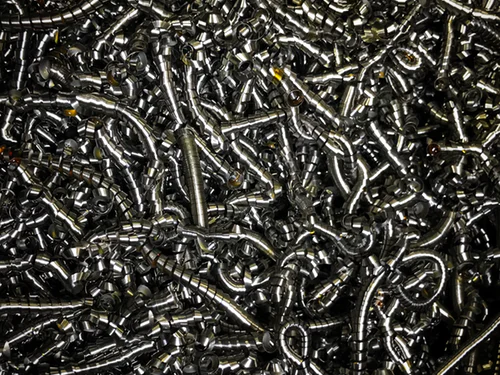The purpose of an Eddy Current separator is to separate nonferrous metals from waste that comes from various shredded metals. It is used to recycle the metal in all its different forms.
The name Eddy current separators come from using eddy currents to do the separating.
The Eddy current separator was invented in 1984… by a gentleman called Hubert Juillet, a French thermodynamical. Eddy currents can be used in energy meters, vehicle speedometers, vending machines, and free fall devices.
The metals that can be split by the Eddy current separators are copper, brass, zinc, and aluminium. These machines are super sensitive and can detect defects of 0.5mm, they can detect through several layers.

Eddy current testing is a non-destructive method used to detect flaws, material and coating thickness and measurements.
There is another method that may be used, this is called ultrasonic testing, this is a good choice for assessing corrosion, sizing of walls and thicker forms of welding.
Eddy current separators are not cheap and can start at £35,000 upwards to £160,000. They will have an adjustable magnetic rotor, allowing you to influence the moment of the launching of the non-ferrous metals.
You can also get mobile Eddy current separators, these are easy to install, quick and efficient. The mobile Eddy current separators have separating NF particles of 5-200+mm and can actually do a combined separation of ferrous and non-ferrous metals.
For the continuous removal of non-ferrous metal parts, you would use a more industrial type of Eddy Current Separator. These will usually have a belt width of 600-2000 mm, a very high magnetic force on the belt surface and an adjustable magnetic field.